The A350F is Airbus’ latest addition to the large freighter market. Based on the proven A350 Family platform – known for long-range performance and high reliability – it brings the latest innovations in materials, systems and design efficiency to air cargo operations.
With a payload capacity of up to 111 tonnes and a range of 4,700 nautical miles, the A350F enables high-volume, long-distance routes. Key features include:
The A350F is expected to enter service in 2027.
Every day, the world relies on air cargo to deliver everything from urgent medical supplies to the products driving global trade and e-commerce. As freighter fleets age, supply chain demands grow, and environmental standards evolve, innovation is essential. Ensuring that as the air cargo market expands – with a projected need for over 900 new freighters by 2044 – Airbus is offering a suitable solution for more efficient operations.
Developed in direct response to industry needs and shaped by the insights of our customers, the Airbus A350F will be a highly capable new generation cargo plane with reduced CO₂ emissions thanks to the latest technology.
Imagine an aircraft already prepared for tomorrow’s environmental standards. The A350F will be precisely that – the only new-generation freighter designed from the outset to meet the ICAO CO₂ emissions standards set for 2027. Its design also ensures quieter operations, benefiting airport communities.
By combining advanced aerodynamics, extensive use of weight-saving materials, a unique carbon airframe and powerful Rolls-Royce Trent XWB-97 engines, it achieves remarkable performance. This translates to at least 20% lower fuel burn and CO₂ emissions vs competitor aircraft.
Crucially, the A350F will be able to operate with up to 50% Sustainable Aviation Fuel (SAF) at entry-to-service, and we aim for 100% capability by 2030, as with all Airbus aircraft. As global trade expands, the A350F will offer a solution, supporting the industry’s decarbonisation goals and meeting the demands of a changing world.
The A350F is a direct reflection of our customers' evolving needs and specific insights from trusted partners in the cargo industry.
Innovation is at the core of the A350F’s design and production. Understanding the demands of modern logistics, we designed the A350F with operators. As a direct response to their needs, the A350F will feature the largest main deck cargo door in its class, allowing quicker loading of diverse goods, keeping global trade moving smoothly. Its optimised fuselage and impressive internal volume will allow that more freight can be carried. A350F's unique floor design optimises flexible pallet loading, enabling better center-of-gravity management and maximizing cargo capacity. It also meets the benchmark flight from Hong Kong to Anchorage – the most often flown cargo route in the world – at full payload.
This makes the A350F perfectly suited for diverse cargo needs, from express parcels to heavy-duty industrial goods like engines.
Building on the proven success and maturity of the A350 passenger aircraft family, the A350F is designed to deliver the same high degree of operational reliability. This exceptional reliability is a critical factor, especially when global supply chains depend on timely deliveries.
Airlines already operating A350s will find significant advantages with the A350F. Flight crews holding an A350 type rating will be able to adapt quickly to the freighter, and ground technicians familiar with the passenger version will find a straightforward transition to maintaining the A350F. This seamless integration is possible because the A350F shares commonality in engines and airframe spares with its passenger plane sibling, meaning it easily joins a proven, mature platform within a reliable, global support network.
With millions of flight hours and exceptional operational reliability (99.5% in 2024), the A350 family provides a dependable foundation for this new cargo aircraft.
Yes, we retrofit legacy systems (e.g., GE Frame 5, Siemens V94.2) with modern digital controllers, typically completing hardware integration within 4-8 weeks. Software migration requires additional validation time.
We recommend annual performance testing under ISO 3977-2 standards. Critical applications (e.g., offshore platforms) may require semi-annual tests with emissions compliance checks.
All rad-hard devices (e.g., FPGA, ADC) are QML Class V certified under MIL-PRF-38535 and tested to MIL-STD-883 Method 1019 for SEU tolerance. Full qualification reports are available upon request.
Our ASICs and power management ICs operate across -55°C to +175°C ambient temperatures, with derating curves provided in military temperature range (MTR) datasheets.
Our PMA parts (e.g., actuators, sensors) hold FAA/EASA Form 1 certification and match OEM form/fit/function. Installation requires SB/MB documentation per FAA AC 23.1529.
All NAS/MS fasteners include full DNA traceability: melt source (AMS 2301), heat/lot numbers, and AS9100-compliant MTRs with ultrasonic test reports.
AOG orders ship within 4 hours for stocked items (FAA-PMA, EASA Part 21G). Non-stock critical parts trigger priority manufacturing with 72-hour max turnaround.
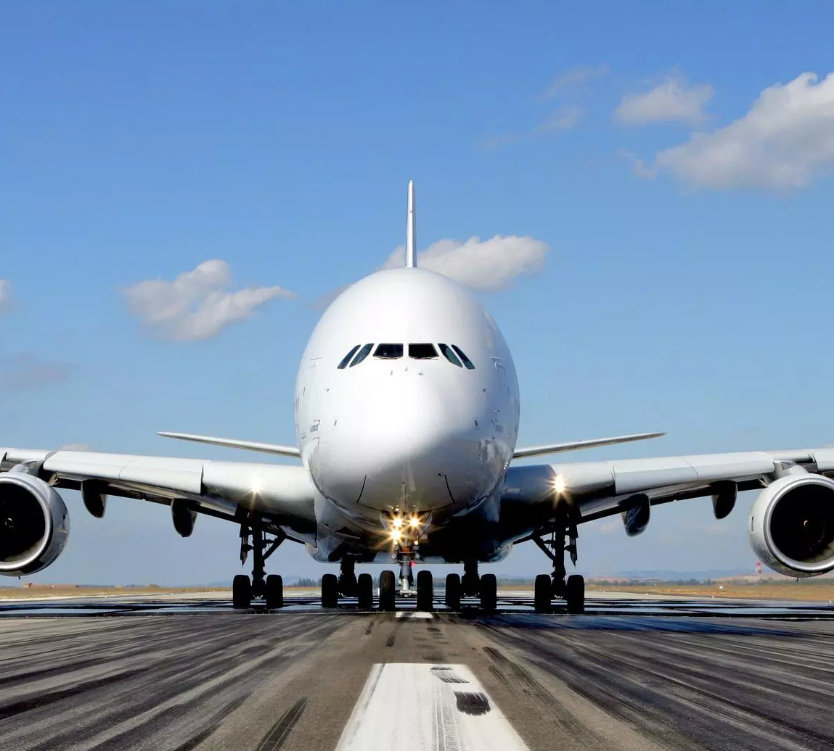
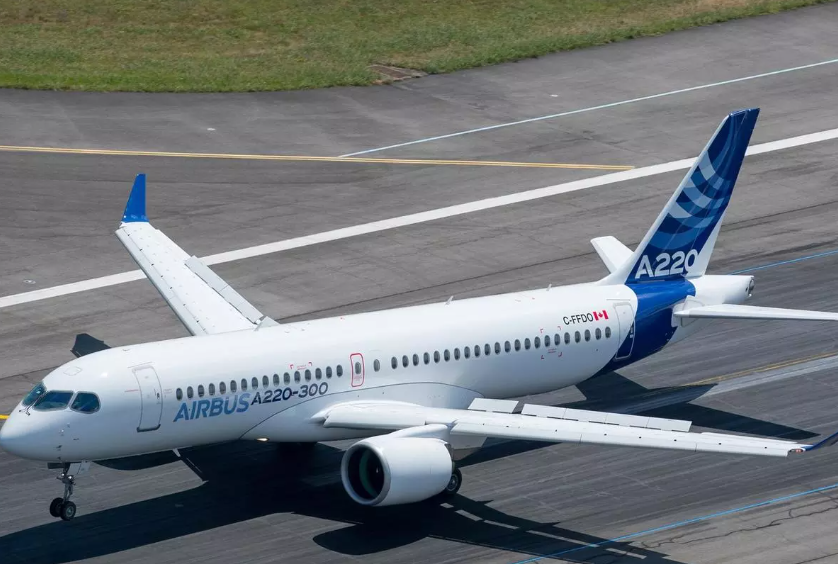
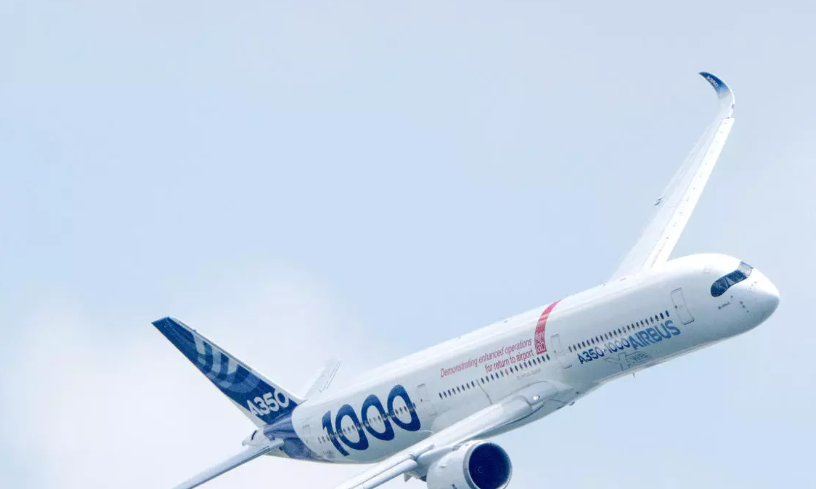
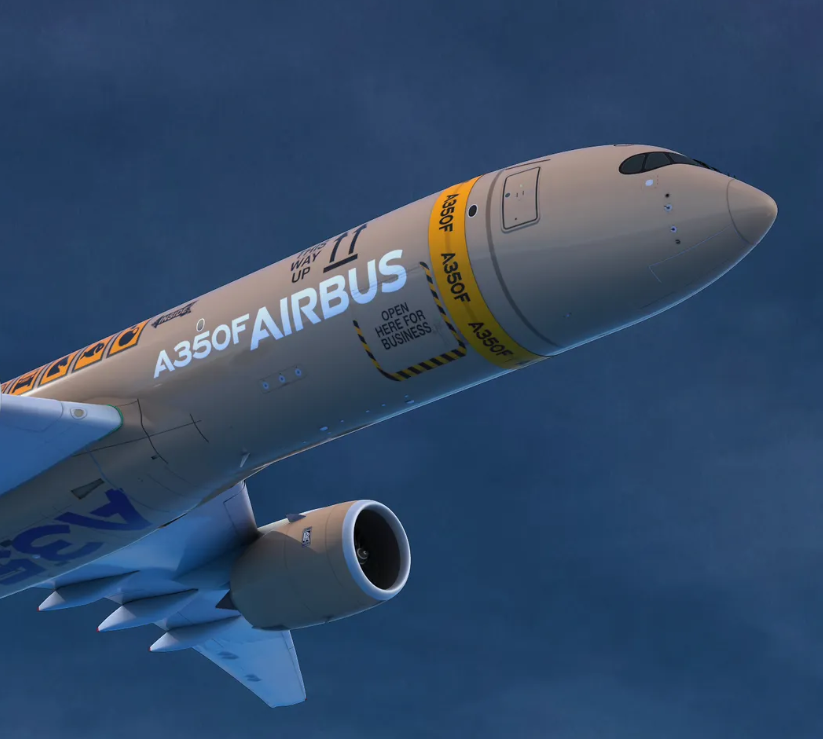
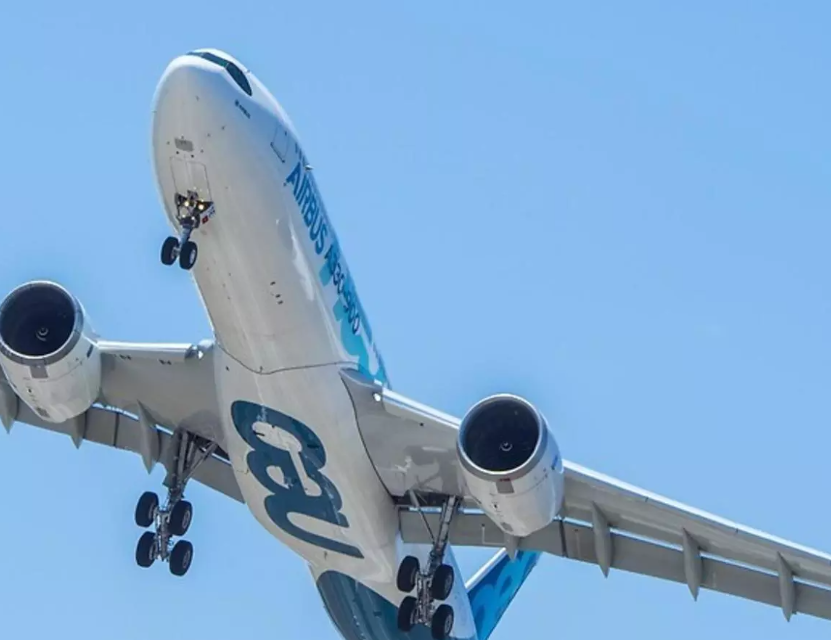
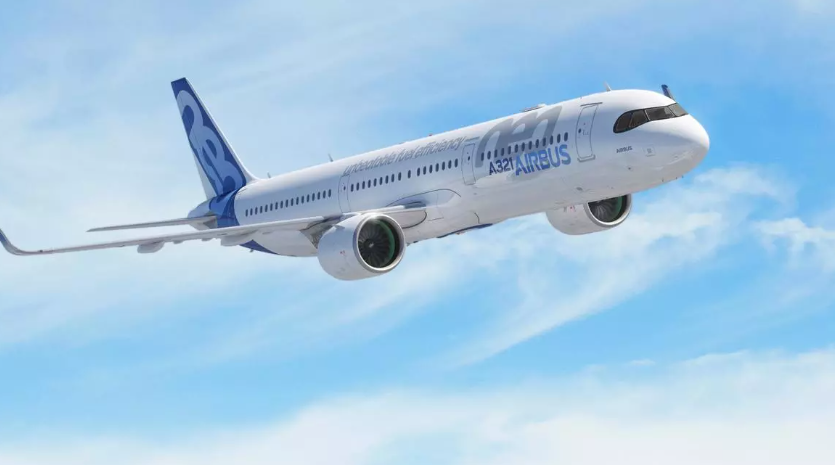
 Gas Turbine
Gas Turbine
 Aircraft parts
Aircraft parts